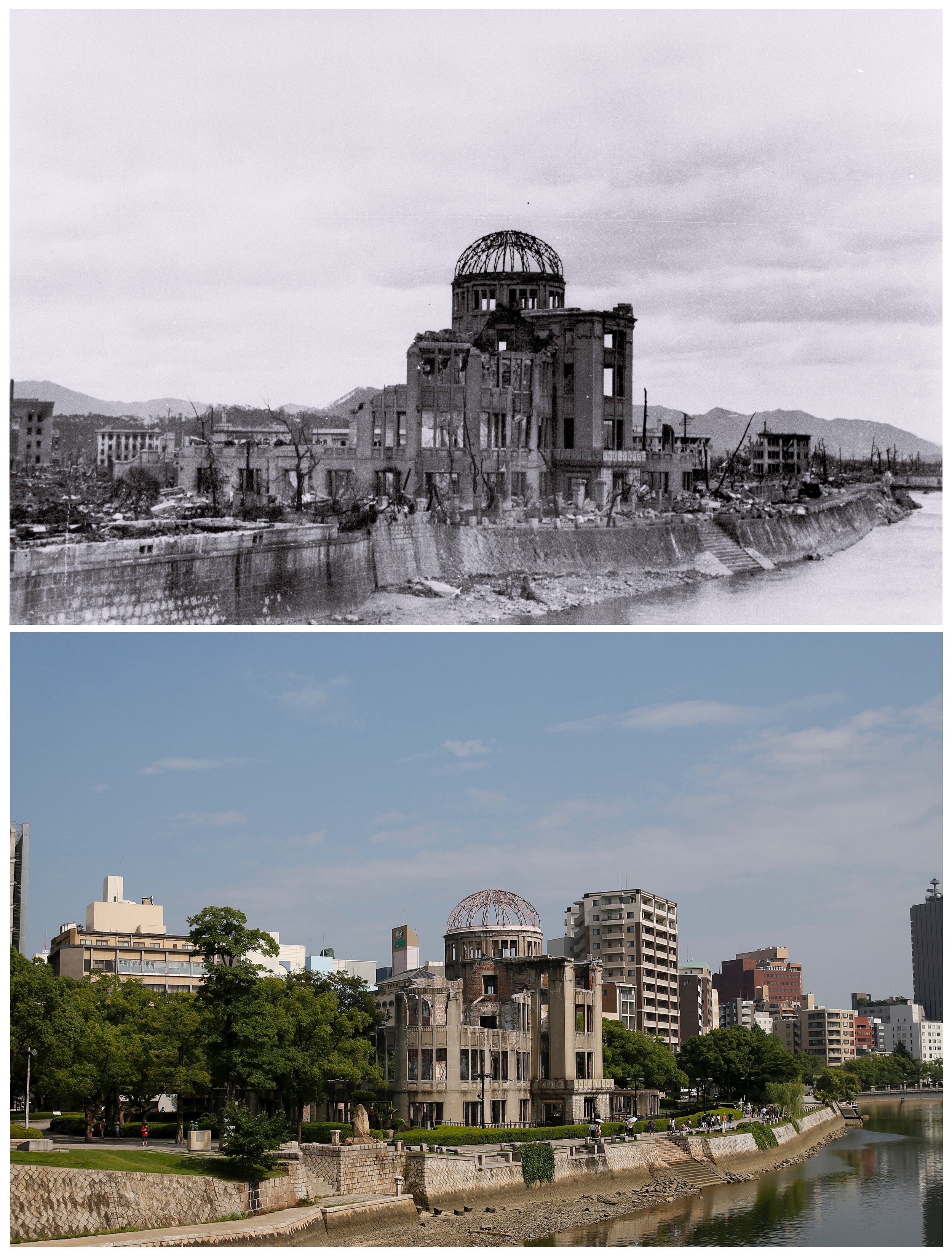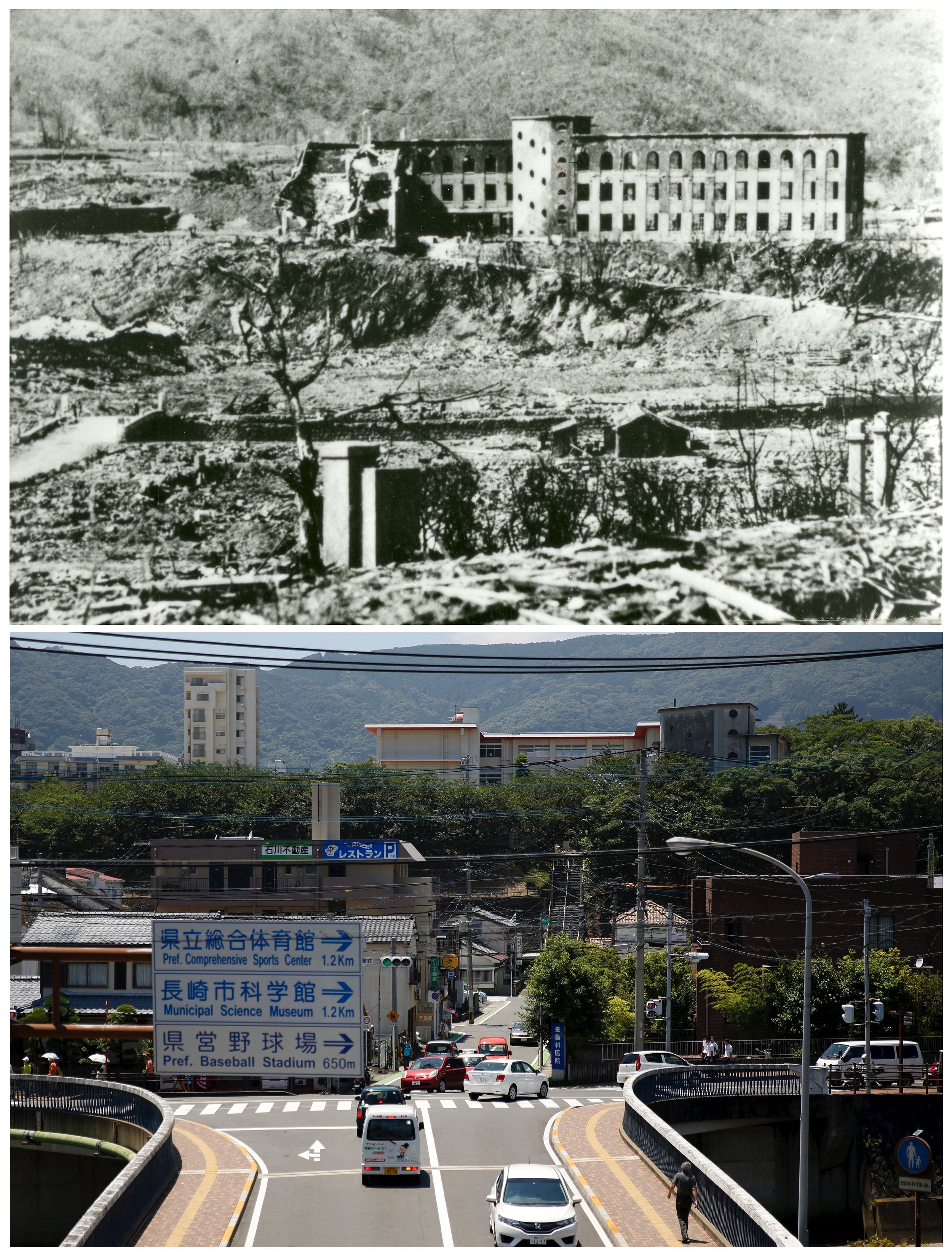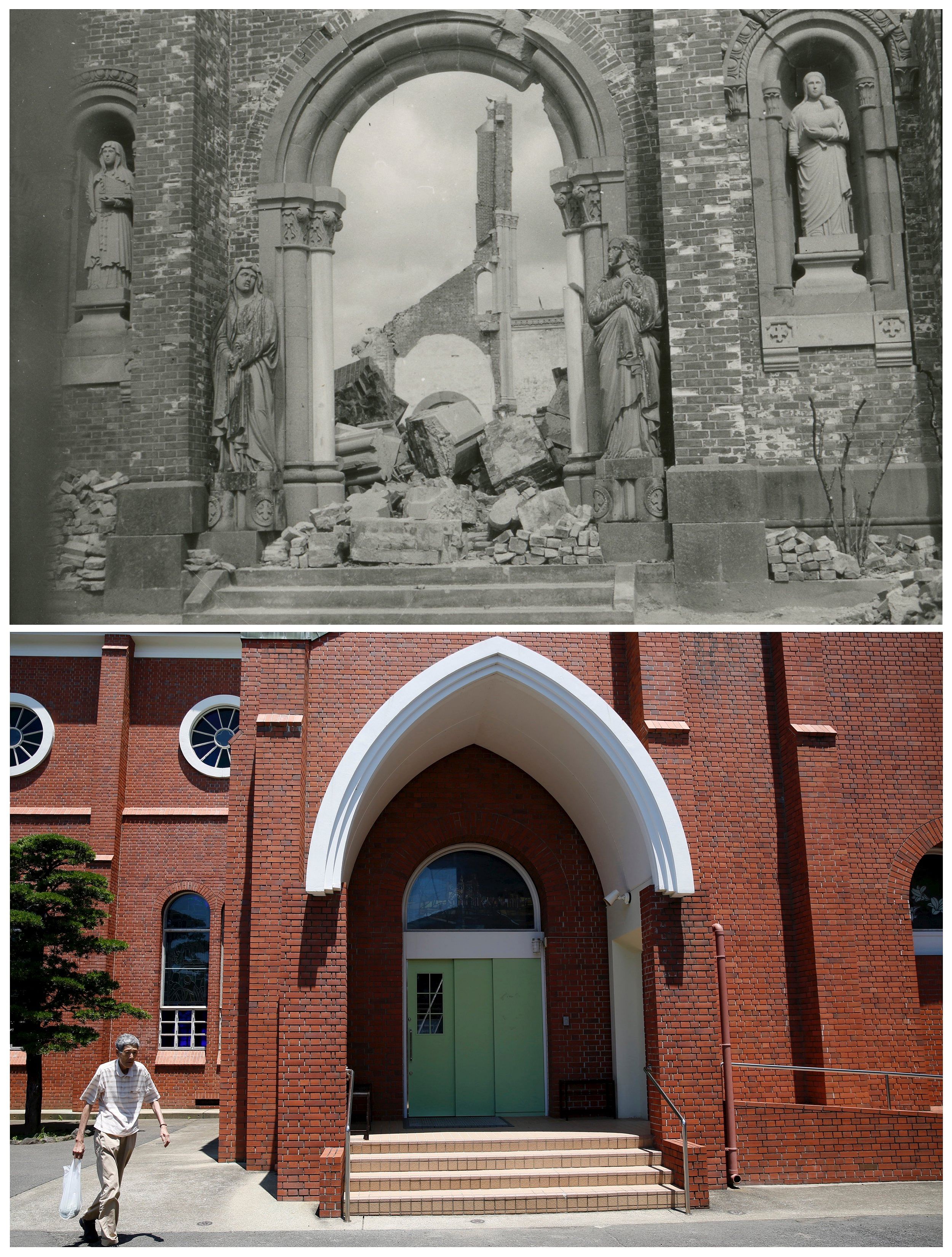In Pictures: 70 years after the Hiroshima and Nagasaki bombings
HIROSHIMA - On Aug 6, 1945, United States released an uranium bomb with a destructive force equivalent to 16 kilotons of TNT above the Japanese city of Hiroshima, with more than 140,000 estimated to have been killed.
Three days later, a plutonium bomb was dropped on the city of Nagasaki, killing some 74,000 people.
Both cities are once again thriving as a commercial hub, but the scars of the bombing still remain.







Join ST's Telegram channel and get the latest breaking news delivered to you.
